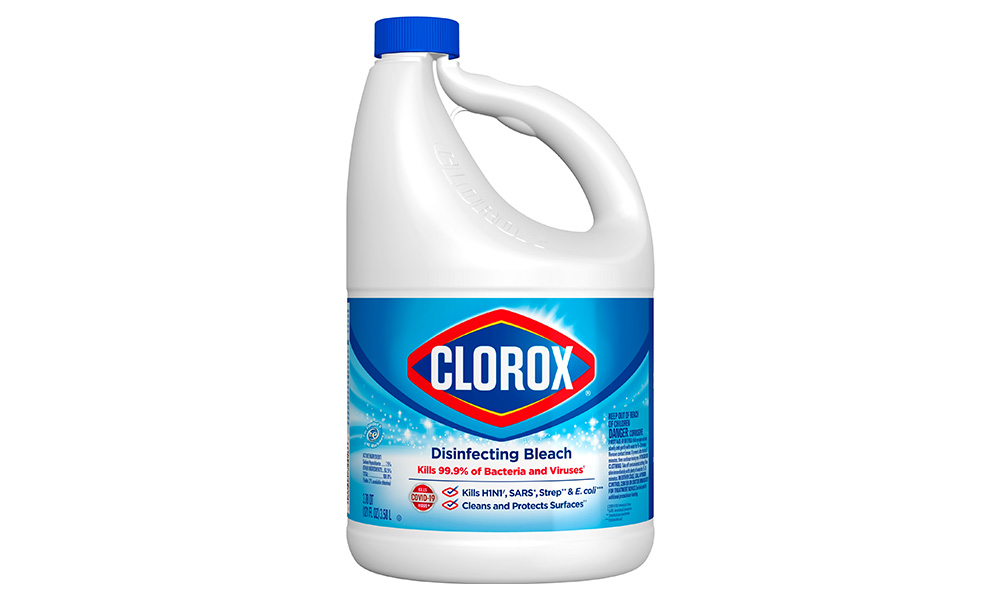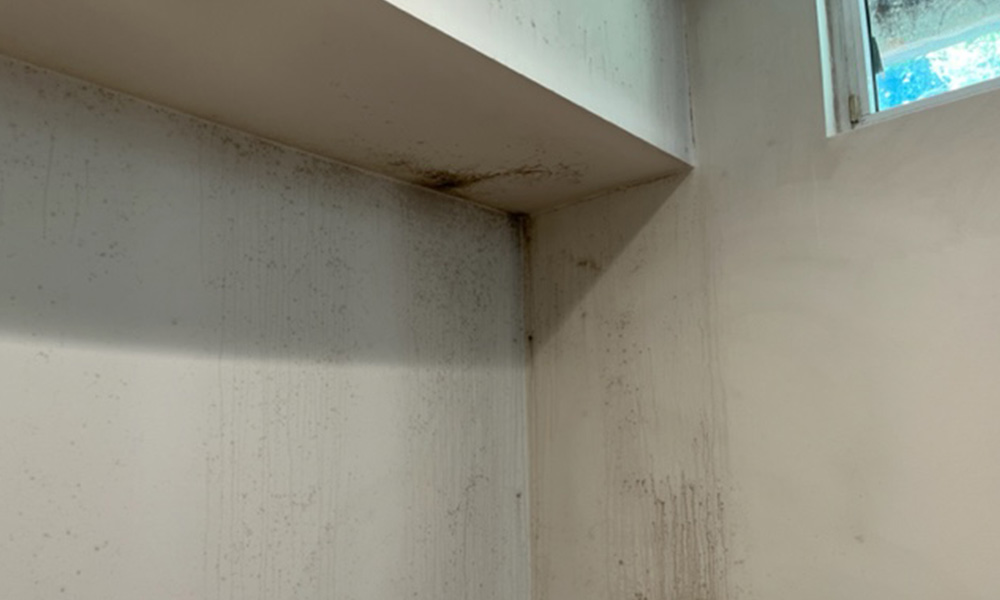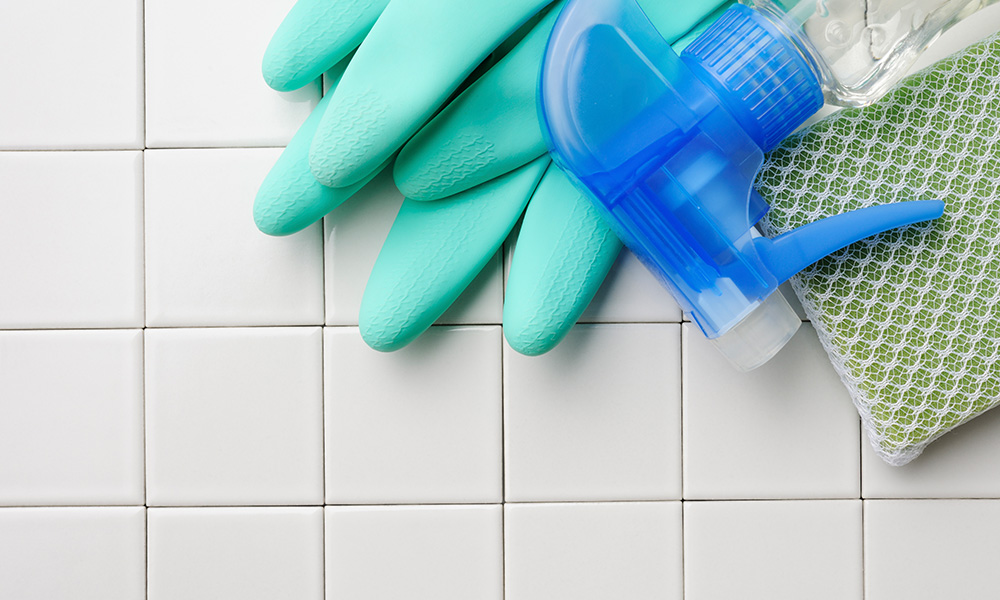Myths About Mold
Bleach Kills Mold
Bleach is nearly 90% water and the remaining ingredients are harmful chemicals that produce Volatile Organic Compounds (VOCs). The chlorine in the bleach evaporates quickly after applying it to a moldy surface, leaving behind a considerable amount of water. The surface may now appear clean, but the chlorine never penetrated the surface to kill the hyphae (roots). The remaining water is then absorbed by the hyphae and allows the mold to continue to colonize, and will eventually become visible on the surface again. Essentially, applying bleach to a moldy surface will lead to an even bigger problem in the long run. The EPA and OSHA no longer recommend the use of bleach to treat mold on porous surfaces.


A Small Amount Of Mold Isn’t Harmful
Generally, the first signs of a mold problem will be indicated by a musty smell or visible signs of water damage. If these signs are ignored, then mold will begin to appear on a surface. What we see on the surface does not exactly explain what we don’t see behind that surface. For example, if a painted drywall ceiling developed a small spot of suspected black mold, there is a high likelihood that the backside of the drywall ceiling is more contaminated with mold growth. The paper-backing on drywall is very easily digested by mold. The best course of action is to have the space tested for mold to gather a full understanding of the air quality, before deciding how to deal with the problem.
“No Mold In My House”
Although many people may think they have a home that is mold-free, they are misunderstood. Having an environment without any mold is almost impossible. Mold is natural in the environment and we breathe mold everyday. Our bodies have immunity for mold levels that are common in our natural environments. We only experience health symptoms when there is an abnormal level of mold. Typically, these abnormal levels of mold caused by a source of moisture. In order to remove the mold and keep it from returning, the source of the moisture should be repaired.


DIY Mold Cleaning
New York State recommends hiring a professional when there is greater than 10 sq. ft. of mold, however, certain circumstances may require a professional with less than 10 sq. ft. Many homeowners will attempt to save money and clean the mold themselves. In an effort to clean the mold, people who are inexperienced in mold removal may create a bigger problem and expose themselves to harmful toxins. Containing the remedial area and then cleaning it requires specialized equipment and knowledge. Although it may be cheaper, it is not worth harming yourself or your loved ones.
